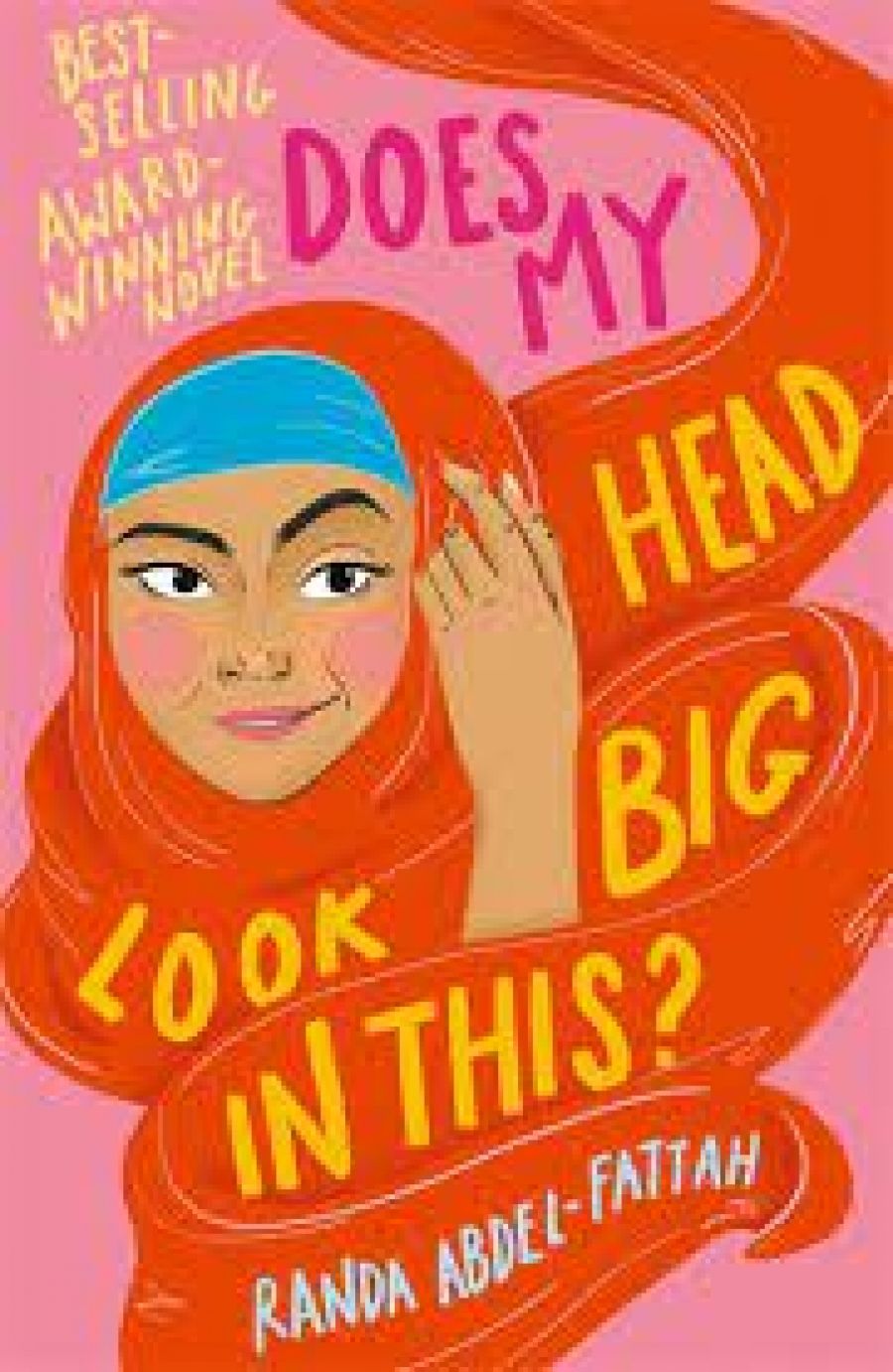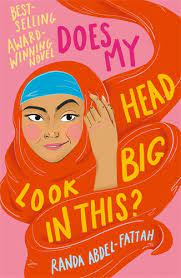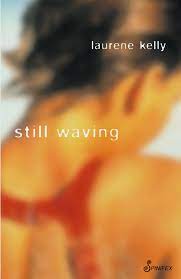
- Free Article: No
- Contents Category: YA Fiction
- Review Article: Yes
- Article Title: Veiled issues
- Online Only: No
- Custom Highlight Text:
The Young Adult ‘issue novel’ is a difficult thing to do well. To write one that rises above the mediocre requires a careful avoidance of both sentimentality and sensationalism, and the better books succeed by either tackling an unusual or topical issue, or by looking at a situation from a novel angle. These two books – though covering very different terrain – are good examples.
- Book 1 Title: Does My Head Look Big in This?
- Book 1 Biblio: Macmillan, $16.95 pb, 340 pp
- Book 1 Cover Small (400 x 600):

- Book 1 Cover (800 x 1200):

- Book 2 Title: Still Waving
- Book 2 Biblio: Spinifex, $19.95 pb, 278 pp
- Book 2 Cover Small (400 x 600):

- Book 2 Cover (800 x 1200):

Still Waving, the third book in Laurene Kelly’s series, takes up Julie’s story where Crowded Beach (2001) left off. It has been several months since the closure of the court case that convicted Julie’s violent father for the murder of her mother and two of her siblings. Julie now lives with her aunt in Bondi, and spends every possible moment either surfing, or just floating on her board – an activity that she finds holistic and healing. Her older brother Toby is coping in a different manner, by moving back north to their home town, to the bush and his uncle’s farm. While Julie’s traumatic experiences frequently still rise to the surface, she begins to find her rhythm in living again, through friends, school and surfing. She is even occasionally happy, a feeling that quickly turns to guilt and confusion. And there is still the letter from her father, written before his trial, which lies unopened in a drawer. She has not been able to bring herself to read it or throw it away, and the weight of its unknown contents lies heavily upon her.
While the issue of domestic violence is not frequently examined in young adult literature, Still Waving is even more unusual in that it examines something rarely given space in any literature – the aftermath of such violence and the ongoing effects of abuse. Once the immediate trauma is over, once even the drama of the court case has come to an end, what happens to those left behind? How can they possibly carry on with their lives, but equally, how can they do anything except carry on? This novel is all about that period after the tragedy, where most narratives are artificially closed; Still Waving continues the story. It is an important stage to recognise, and Kelly tackles it with delicacy, gently depicting Julie’s difficulty with revealing her experiences to people close to her, along with the ultimate importance of her doing so. It is evident that Julie’s relaxed time with her friends is almost as vital to her recovery as her surfing, and Kelly has a talent for writing the kind of female teenage conversations that border on the incomprehensible, and as such ring absolutely true. Julie’s frequent struggles with the horrors of her past are convincingly rendered, as is the emotionally charged realisation that there has actually been some movement towards healing:
‘I’m not scared of coming home from school any more. I don’t hate weekends.’
‘I don’t feel so stupid anymore.’ Toby burst into tears.
I went and put my arms around him. At first his pride resisted, but then he let go and sobbed quietly.
‘We’re getting better Toby,’ I whispered.
Toby’s muffled voice answered. ‘I know, I know.’
Carefully interweaving the everyday conversations and activities of teenage girls with the emotional aftermath of extreme trauma, Still Waving treads unusual paths, and is a quietly distinctive, noteworthy novel.
Does My Head Look Big in This? is one of a new group of novels that detail the experience of grow-ing up Muslim in Australia. While the experience of being part of a faith that encounters much prejudice (especially in our current climate) is the main focus, this is also a rite of passage novel, following sixteen-year-old Amal through her quest for identity and understanding.
Amal is very much your average Australian teenage girl. She fights with her parents, can’t stop thinking about a boy named Alex, and hangs out with her friends talking about ‘everything: school, guys, politics, our parents, what we want to do when we finish [school], whether Catherine Zeta-Jones has had surgery.’ But Amal is facing a new experience in her life: she’s decided to start wearing the hijab ‘full-time’, that is whenever she is in the presence of men who are not her relatives. Putting on the veil is not something that Amal takes lightly. While she’s dedicated to and proud of her Muslim faith, choosing to wear the veil in public feels like an enormous step. How will people react? How will she deal with the stares, the comments? But most importantly, how will Alex respond? Not that Amal’s the only one among her friends with problems. Simone is under constant pressure from her mother to lose weight (resulting in zero self-esteem), Eileen’s Japanese ancestry causes racist comments about ‘Asian invasion’ to be directed her way, and Leila’s home life is becoming increasingly restrictive as her mother tries to marry her off to every respectable Muslim man she finds.
Amal is a wonderfully warm, funny and realistically flawed character, with a quick temper and tongue to match. Her voice lights up the novel, and makes a thoroughly entertaining experience out of what could easily have been a dry exploration of self-discovery and adherence to one’s beliefs. Her experience of wearing the hijab full-time is her rite of passage, and while she sometimes rationalises that really, it is only a piece of cloth, the value of its symbolism is reflected in the words she associates with women who wear it – words such as ‘respect’, ‘dignity’, ‘calm’ and ‘confidence’. She finds a kind of freedom in wearing the veil, and is pleased that assumptions about her can no longer be made based solely on her bra size or skirt length.
This is a somewhat problematic perspective, given that people often make assumptions about others based on their looks – Amal’s wearing of the hijab does not eliminate such assumptions, only redirects them. Amal also does not appear to question why she feels the need to wear the hijab so keenly. However, while these points are important, they are not the central issue given the context of this novel. It is not the story of a young woman interrogating the basis of her religion. Amal accepts her faith wholeheartedly, and it is her anxiety about making her commitment public that is the focus of the book. Given the prejudice and ignorance she faces from other families, classmates and teachers, her nervousness is entirely understandable.
Does My Head Look Big in This? is a highly entertaining and topical novel, and the vibrant characters populating its pages makes it especially inviting. But it is Amal’s underlying strength of character that is this novel’s ultimate achievement; whether or not you agree with her perspective, it is impossible not to respect her decisions.


Comments powered by CComment